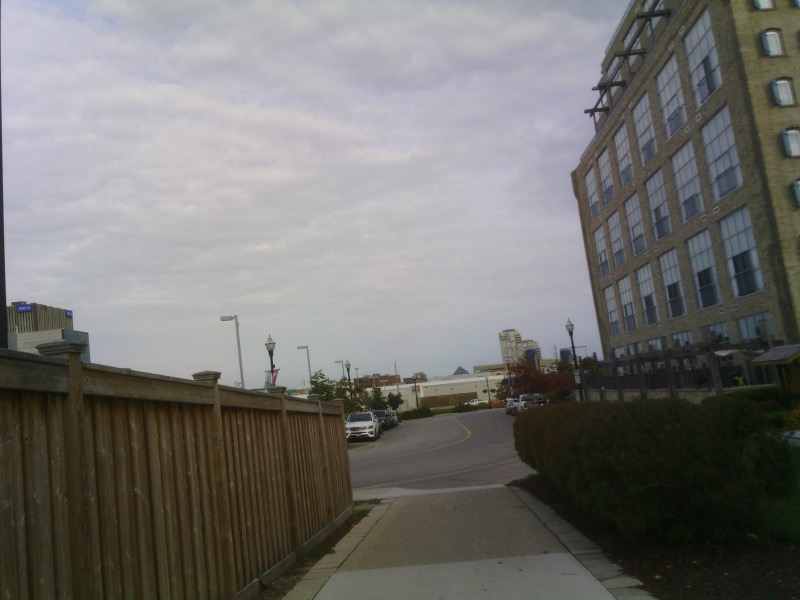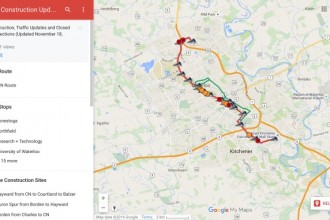Mayor Zehr Square
Outgoing Mayor Zehr is getting a getting a square named after him. In honour of Kitchener’s longest serving mayor, Civic Square, in front of Kitchener City Hall will be rebranded as Carl Zehr Square.
Carl Zehr is retiring on December 1st after 17 years as mayor and 26 years on city council. He is 69. He was a good mayor, I’m sure most would agree. Kitchener has come a long way during his reign. I hope our new mayor continues the progress.
What are the most important buildings in Waterloo Region?
A new website Waterloo Region Connected has picked up where Wonderful Waterloo left off. We have a new local online forum that looks at transportation and development issues, arts and culture, food and drink, photography…it’s all good stuff. I love blogs and forums that connect the residents of Waterloo Region.
Earlier this week, a discussion was started: What are the most important buildings in Waterloo Region?
Good Question. Here are some of the answers so far:
- The Mutual Life Building (King and Union)
- Perimeter Institute
- Waterloo Regional Museum
- The Cambridge Mill
See the lists and join the discussion here.
Live in a town with a university (and a hospital)
One of my 365 Rules about Real Estate is to live in a university town. In the book, I argue that they are a clean and stable industry and not only do they supply a lot of good and well paying jobs, they also bring a lot of consumers (of beer and pizza) into a municipality. Just kidding about the beer and pizza, students spend money on housing, yoga, vegetables and everything else needed for daily living. In Waterloo Region for example, they subsidize our Grand River Transit by way of “free” bus rides being included in the student fees.
I was reading “How Anchor Institutions like Hospitals and Universities can Help Cities” in the Atlantic. It’s an American magazine of course, but I think what it says holds true for Canada too.
Universities and hospitals are economic powerhouses. Universities represent three percent of the national economic output and employ more than 3 million people. Hospitals employ even more: Five million. One in eight universities and one in 15 hospitals are located in inner cities. But what’s key is that, unlike industries that have driven growth in the past, these institutions have permanent ties to their communities
They don’t go out of business.
If you live in a one industry town, make sure that industry isn’t going to go out of business. Universities and hospitals don’t go out of business.
Good for Business
In the case of the University of Waterloo, it is the engine of business. I say without UW we would not have our growing tech business. Without the University of Waterloo we would not have, Blackberry, Desire to Learn, Google…
Universities are also great corporate citizens, giving money to construct recreation centres and supporting art and lifestyle events.
Identity
Finally, there used to be a goal (or a trend) to keep universities and cities separate. That’s changed. Universities have evolved to become not only an important part of cities, but the driving forces to the identity a cities. They are also located within cities and with the trend across North America for people to live back in the core, we are living next to these great institutions.





